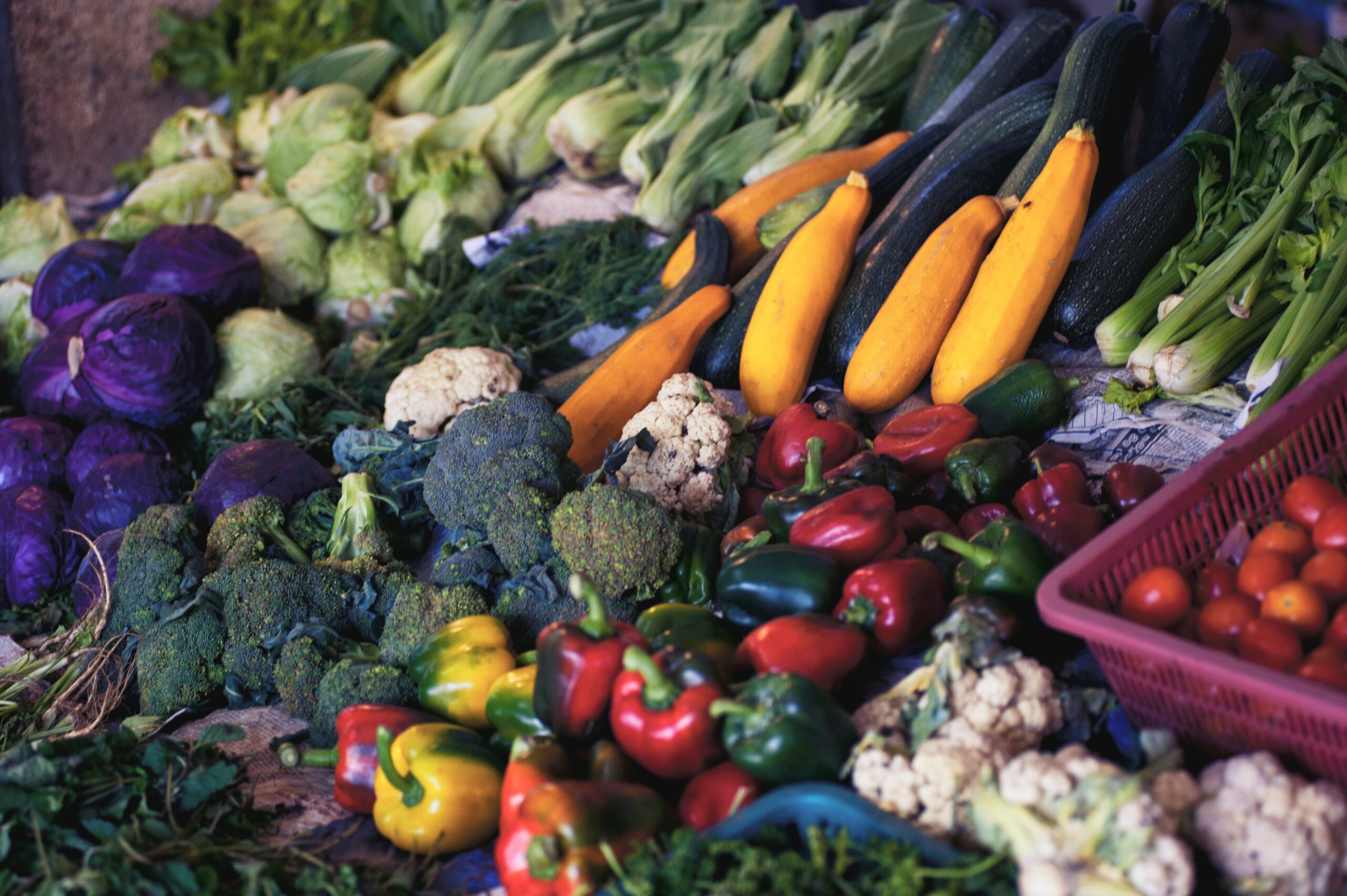You’ve probably seen the bestselling books on how to eat clean. Living clean and eating clean have many “definitions”. The term “living clean” often refers to living drug-free. “Eating Clean” has been a popular moniker for everything from organic to non-GMO to ethically raised food. The term has an elitist ring to it—if you aren’t eating clean, does that mean you are eating dirty? And if you accept all the assumptions that surround the term, who can really afford to eat clean? After all, organic food can cost as much as 40% more that conventionally grown food, so very few of us can actually eat all organic.
Don’t worry, in this Living Clean Series, I’m going to walk you through my own version of living clean and how to do it, even on a budget! Let’s start with eating clean.
Eating Clean: Using products as close to their natural state as possible.
Choosing Cleaner Food
The first step to eating a cleaner diet is to try to cut out as many processed foods as possible. You can do this by simply eating more fruits and veggies and more home cooked foods.
If the budget allows, add some organic produce to your diet. I use the Environmental Working Group’s Clean 15 and Dirty Dozen list to guide me in what to buy organic. Strawberries, spinach, nectarines and apples top the Dirty Dozen list, meaning they contain the most pesticides. Both Sam’s and Wal-Mart carry a variety of organic produce now. Another option is to grow some of your own food. Lettuce and Spinach are easy to grow—even on a patio garden.
Cleaning Your Food
Another step is to wash your produce well–a three-second rinse doesn’t do it. A recent study at University of Massachusetts, Amherst, found that a baking soda-water solution was effective at getting most of the pesticides off of apples, when left in the solution for 12-15 minutes. To try this at home, use one teaspoon of baking soda and two cups of water. They recommend washing sturdy produce like apples, pears and winter squash right when you get it home from the store.
A vinegar rinse—3 parts water to 1 part vinegar –has also been shown to help get pesticides as well as bacteria from your produce. If you just prefer to use water, rinse for at least 30 seconds, while rubbing with your hands or a brush. Soak foods with lots of crevices—like broccoli and lettuce—for a few minutes.
Eat Less Processed Foods
Let’s face it, it’s almost impossible to cut all processed foods from your diet. After all, fruit juice, milk and bread are all considered processed foods! So, choose foods with a simple ingredient list—without additives and preservatives, if possible. At the store, take out your readers (or magnifying glass for some labels), and take a closer look at the food labels.
On some food products, there are more additives and preservatives than food ingredients! Sometimes additives are actually vitamins or minerals. Thiamine mononitrate is a big word for Vitamin B-1. Other additives are mineral-based and sound safe, but are actually not recommended by Center for Science in the Public Interest (CSPI)—potassium bromate, potassium iodate, sodium nitrate and sodium nitrite. CSPI (a health-focused consumer watchdog group) also recommends you cut artificial sweeteners out of your diet. For a low-calorie sweetener, they give a green light to erythritol—a sugar alcohol. New on the sweetener horizon is Monk Fruit Extract, a natural, super sweet condiment that is often sold as a mixture with erythritol. (For a complete list best and worst food additives see CSPI.)
Choose breads that have whole grain flour as their first ingredient. True whole grains include quinoa, steel cut oats, amaranth, wheat berries and barley. My go-to snack foods after fruit, veggies and nuts? Triscuits and plain tortilla chips—they each have just three ingredients and no preservatives.
Also watch your labels on fresh and frozen poultry and fish—they sometimes have unexpected added preservatives and sodium.
Check out the next post in the series: Clean Beauty
Photo by Alexandr Podvalny on Unsplash












